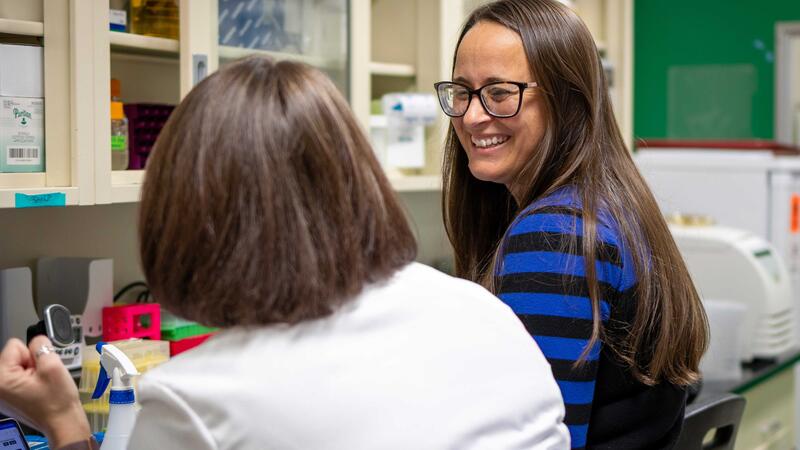News
Unraveling the mysteries of the plant microbiome
Three years after joining the Great Lakes Bioenergy Research Center, Michigan State University microbiologist Sarah Lebeis has been tapped to guide the center’s scientific research.
Back in 2010, Jeff Vinokur was a college student with an interest in biofuels when he donned a rhinestone lab coat, busted some dance moves and launched a career as a science educator.
GLBRC co-investigator Vatsan Raman, associate professor in the Department of Biochemistry, is among thirteen faculty to be honored with the H.I. Romnes Fellowships which recognize faculty with exceptional research contributions in the first six years after promotion to a tenured position.
Eric Hegg, a co-investigator with the Great Lakes Bioenergy Research Center, has been recommended to serve as the next dean of Michigan State University’s College of Natural Science effective Sept. 1, 2024.





